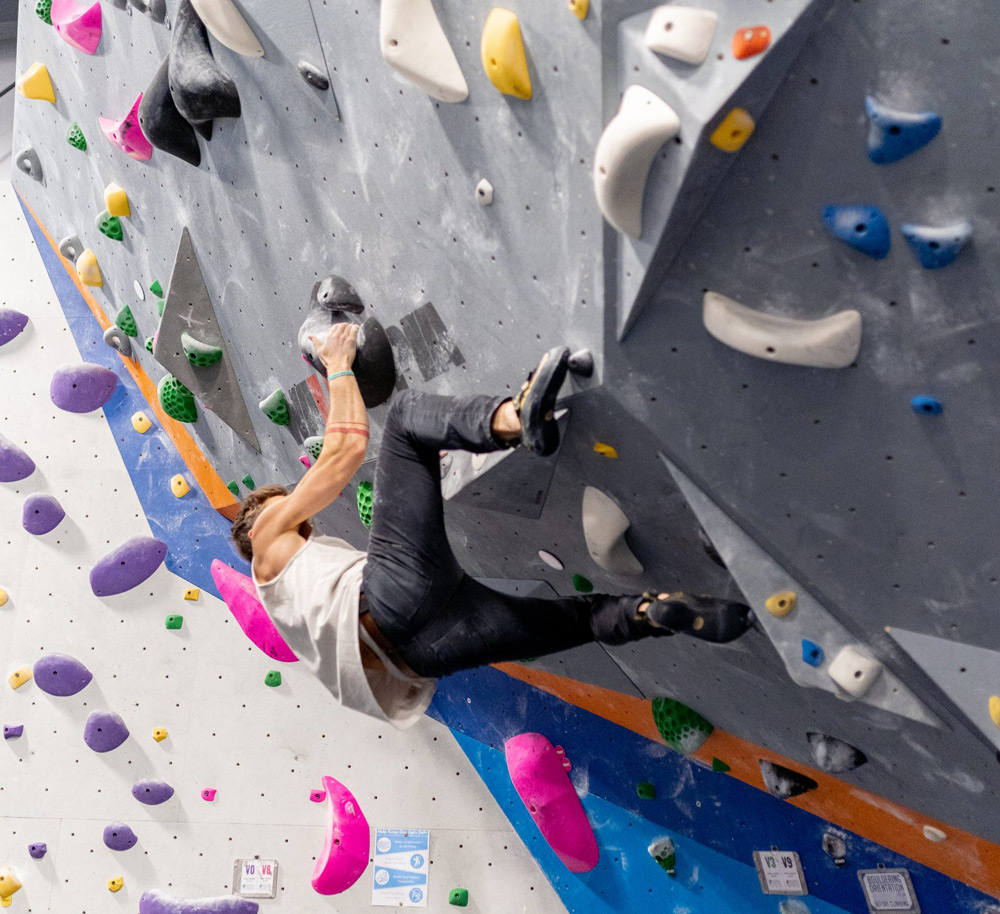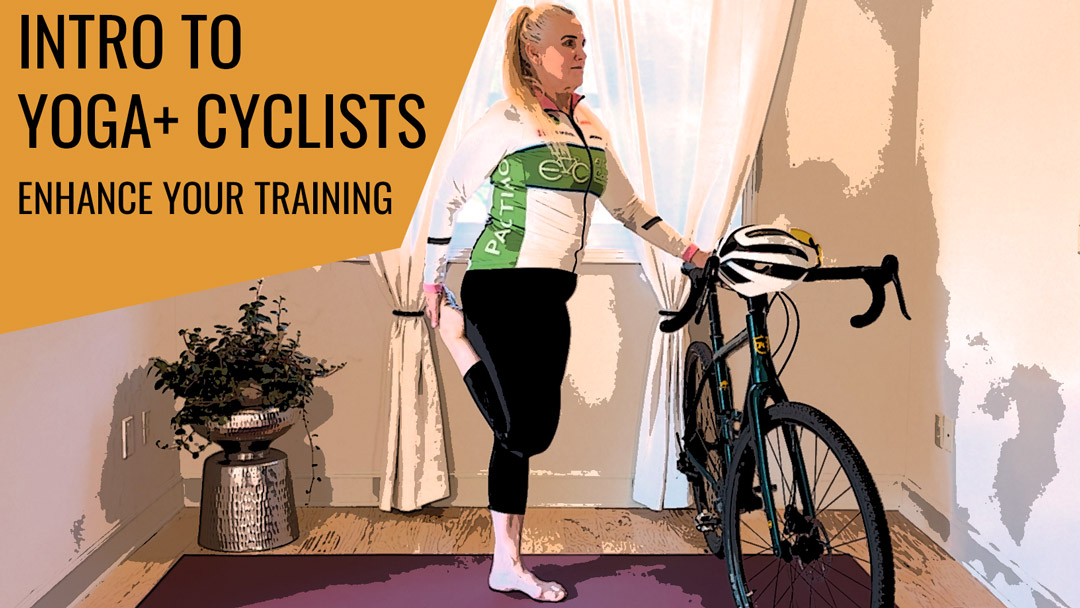How yoga helped me become a better climber

Plateauing is an inevitable part of any athlete’s journey. It frustrates, demoralizes, and can lead to serious self-esteem issues, especially when it lasts for an extended period of time. My climbing plateau lasted five years.
Anyone who has been through this process knows the drill: you look at the obvious areas of weakness and then attempt to address them by training harder and longer. You push and push, feeling like you’ve finally unlocked the key to breaking through and then...
Burnout. Injury. Full-body fatigue. You’re back to square one. And it feels hopeless.
I can’t tell you how many times–over how many years–I’ve been through this cycle. The recovery process is always the same–obsessing and assessing, reading countless articles, doing whatever it takes to get back on the wall as fast as possible.
But this last time something shifted. I realized that there was maybe more to breaking through my plateau than getting stronger. Maybe it was mental. Maybe it was technique. Maybe I needed to slow down and learn to listen to my body.
Cue yoga.
I’d love to tell you that on a whim, I decided to take my first ever yoga class and had a major epiphany, but the truth is, I had a yoga practice for years before I started climbing. It wasn’t until this last injury though, that I decided to actually give my body time to recover. I decided I was going to focus on my mental edge–learn to tune into my body, my breath, and find the control I thought my climbing was lacking.
What better way to do this than to recommit and really dedicate myself to my yoga practice? Here are a few areas I focused on to help me finally break through my plateau.
Accept your body where it’s at.
Climbing, much like yoga, is not a one size fits all sport. You have to accept your body’s natural limitations and learn to work within them. It requires dedication, a lot of patience, and a willingness to confront vulnerability. I can’t tell you how many times I’ve watched guys and girls with much less muscular builds than me–both leaner and bigger–approach a problem I’ve been working on, and absolutely crush it! It’s humbling, inspiring, and a testament to what the human body is capable of.
So what’s the lesson here? Stop envying those performing at a higher level–you have all the tools you need to get to there. You just need to learn to work with the body you were given while expanding the size of your container. Listen to your body. I bet it’s trying to tell you something.
Find poses that address your weaknesses.
One of my favorite parts of bouldering is watching someone better than me tackle a move I’ve been stuck on–a move I’ve been trying to muscle my way through. Often, it’s not a matter of strength that holds me back, but a matter of positioning, technique, and commitment.
As a climber, I’m tall and long. This is a huge advantage when climbing lower grades (skip holds much?), but the truth is, once you reach a certain point where the holds are smaller and the moves more intricate, height can be a barrier. Being able to keep your hips close to the wall is often the deciding factor in whether you make a move or not. Because of my height, in order to keep my hips close to the wall, I need to be able to sink deeper into them than most while staying strong.
This is why poses like half-pigeon and yogi squat–poses that once felt impossible–are now the cornerstone of my yoga practice.
Find poses that address your weaknesses and commit to perfecting them. I promise the payoff will be huge.Find strength in vulnerable places.
Chances are, if you start working on a pose to address a weakness, it’s going to feel uncomfortable. Really. Freakin’. Uncomfortable.For me, the first time I attempted a half-pigeon pose, it activated something deep inside of me that made me want to run. I felt vulnerable in a way I never had before.
Staying with the pose and learning to face that vulnerability is one of the best things you can do to break through a plateau. Not only does it give you access to a part of your body you didn’t have before, but it helps develop mental strength. Suddenly, a certain type of hold or move feels possible. Something has been unlocked.
Channel the breath and send the power.
Maybe the greatest gift yoga has given me is the ability to harness the power of the breath on the wall.
Think about when you really tune into your breath during your yoga practice. You either sync your movements to it through a flow or you dig into it when you’re in uncomfortable or sustained pose. It’s no different on the wall.
Since recommitting to my yoga practice I’ve noticed how much more intense my breath is when climbing: If I’m sport climbing, I’m flowing through the moves with my breath, and channeling its power to help me focus when making a sketchy clip. If I’m bouldering, I’m digging into it to help me power through the intensity of the moves and uncomfortable positions I find myself in.
Even before I get on the wall, I’m tuning into the breath to bring me into the present.
Listen to your body.
As someone who has spent their entire climbing career ignoring what their body is telling them, I can’t stress this enough: listen to your body.
If something hurts, stop doing it. If you’re tired, take a day off. If you’re hungry, eat something!
You can read about pro athlete’s training regimes and diets as much as you want, but guess what? They’re not you. And chances are, you’re not a pro athlete. So stop ascribing to what you think will help you get to the next level.
Slow down. Listen to your body. Cut the bullshit. I promise you’ll get to where you want to be. You just need to find what works for you.
Have you struggled with a plateau? Send us a note! What helped you break through?
